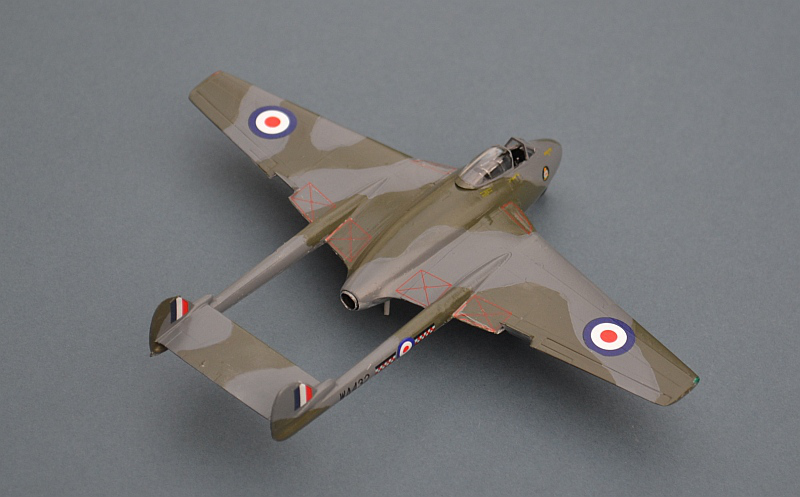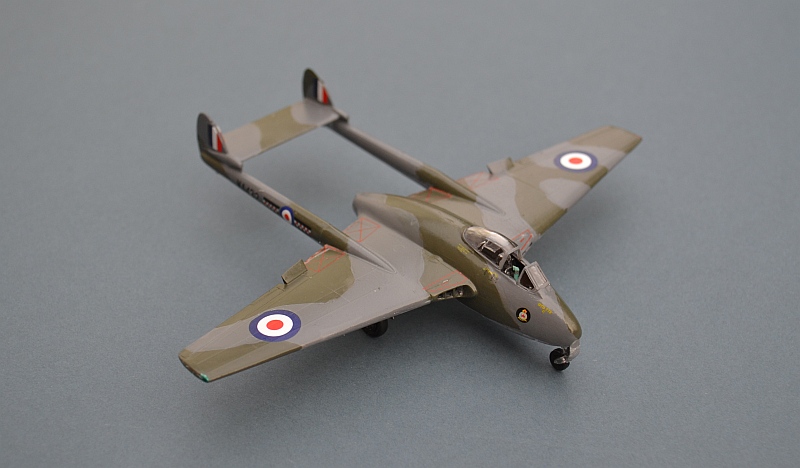November 2016
DH 112 Sea Venom FAW.21
DH 100 Vampire FB.5
892 Sqn Fleet Air Arm, HMS EAGLE, Suez 1956.
NOVO/FROG 1/72 with ModelArt Decals
www.gengriz.co.uk
Background Image: The front end of a DH Goblin engine as fitted to the Vampire.
The Sea Venom was developed from the RAF’s Venom Night Fighter. In its carrier form
it provided the RN with a highly effective fighter bomber which equipped over 16
RN Squadrons and played a major part in the 1956 Anglo-
The old FROG Sea Venom has been around for some time and is a typical product of
its era. Reasonably simple to build, its overall shape is fair, but it lacks detail.
This one was produced in Eastern Europe, possibly the Ukraine, using the old FROG
moulds and some rather rough and hard plastic. It is a somewhat better moulding
than my previous Sea Venom build, but still a definite “Flash-
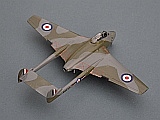
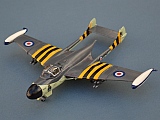
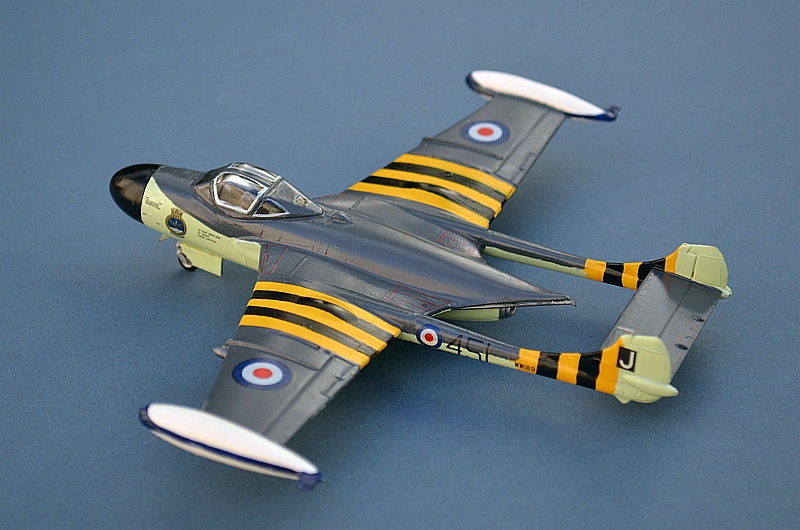
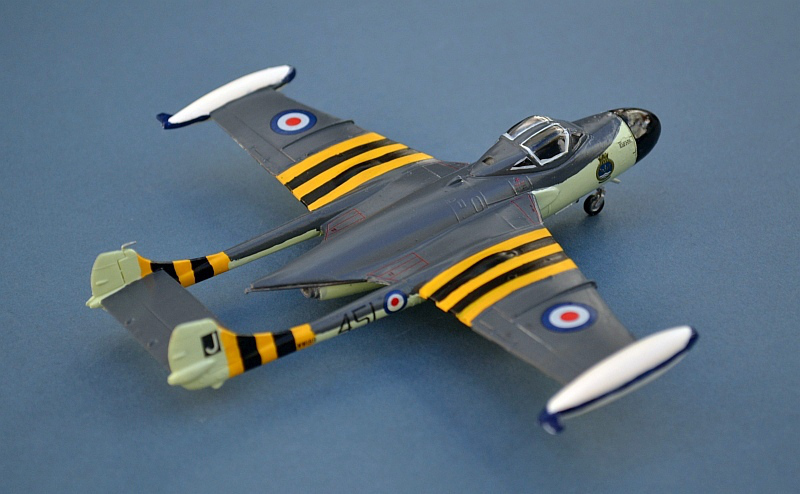
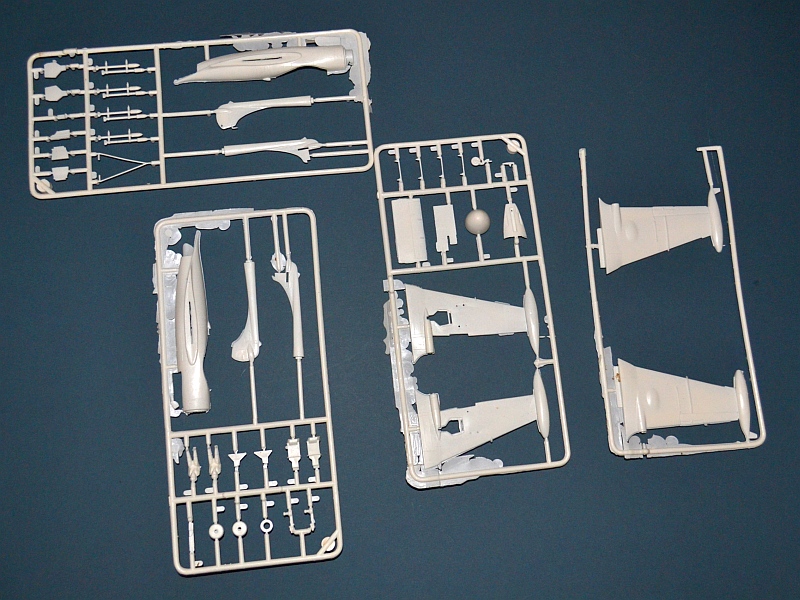
One of the kits biggest shortfalls is the canopy; its shape is definitely suspect
and the plastic is very thick. In its original FROG Issues (and most recent Eastern
Express issues) it is definitely useable, but poor maintenance of the mould makes
soviet era re-
Sadly, the Pavla canopy is made specifically for the Cyberhobby kit and shares its
worst failings -
I did use some Pavla resin ejector seats though -
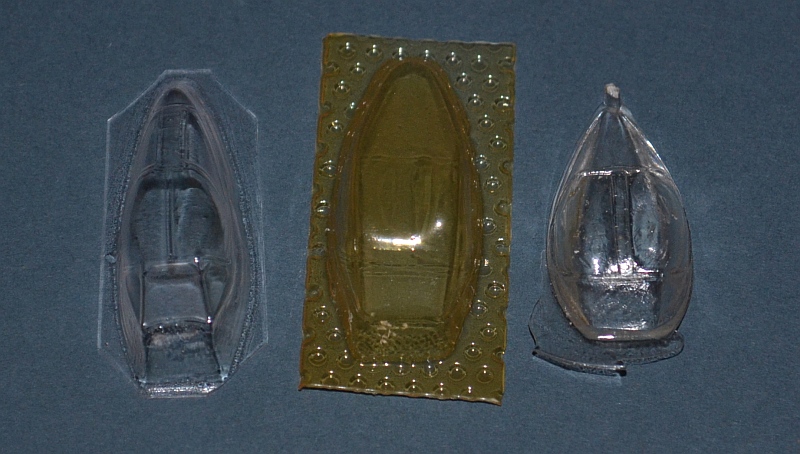
From left to right, Pavla, Aeroclub and kit -
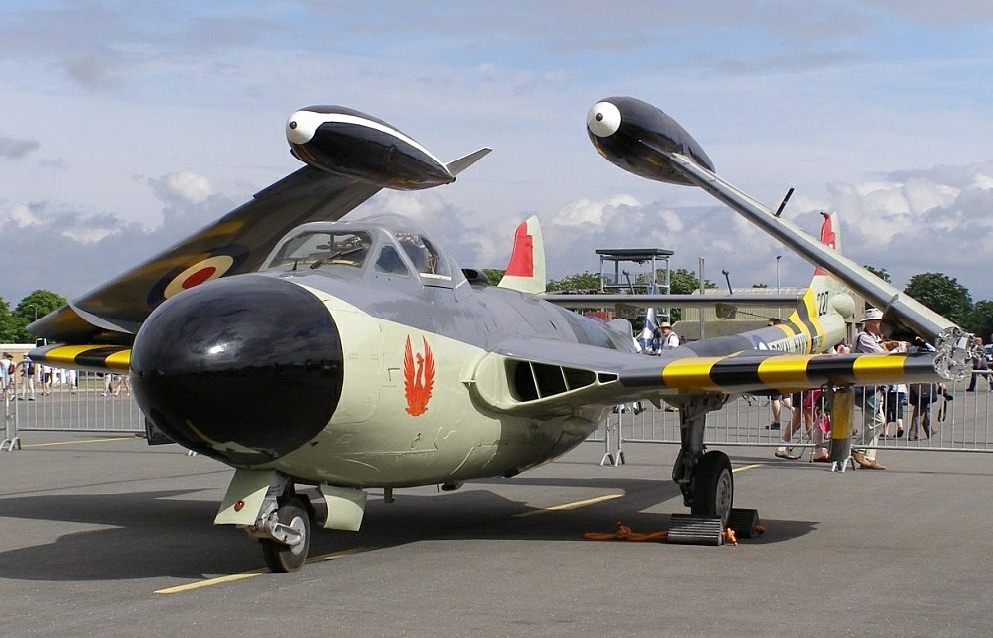
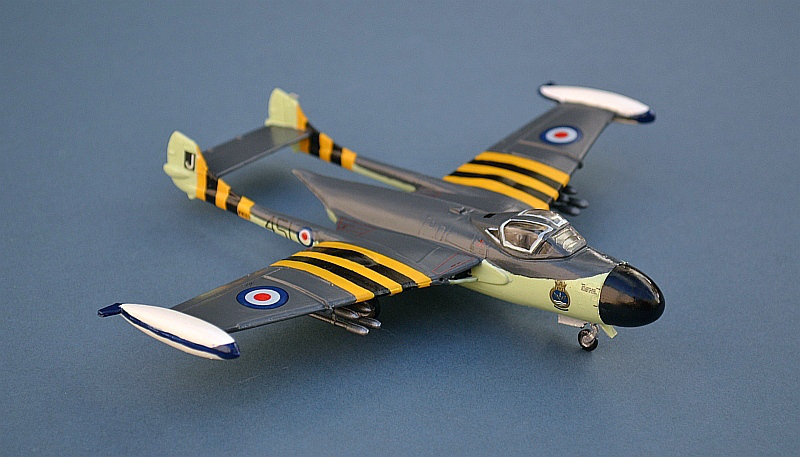
The real thing: The Fleet Air Arm Museum’s Sea Venom on a rare excursion outside
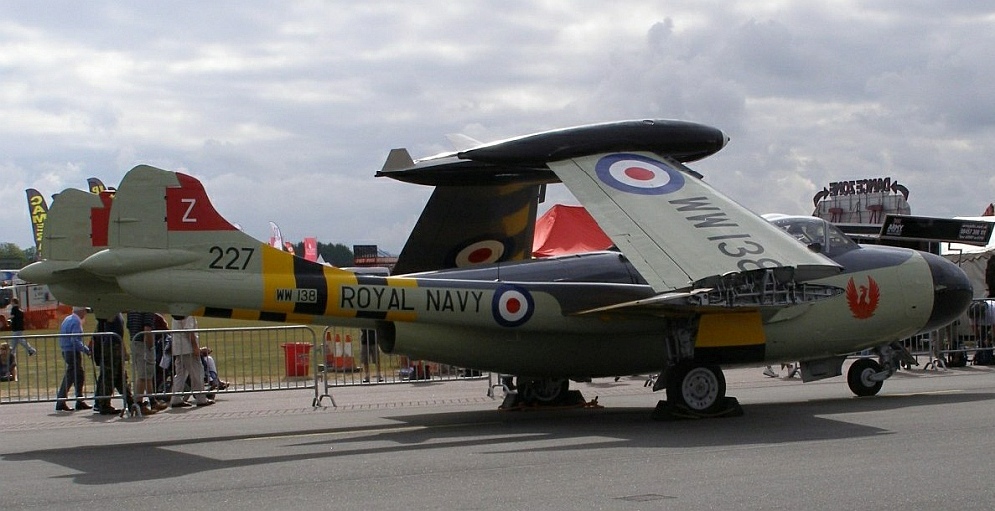
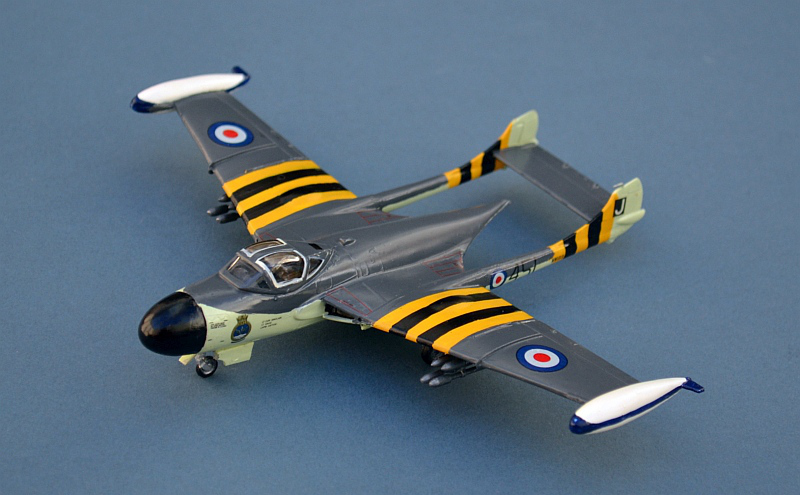
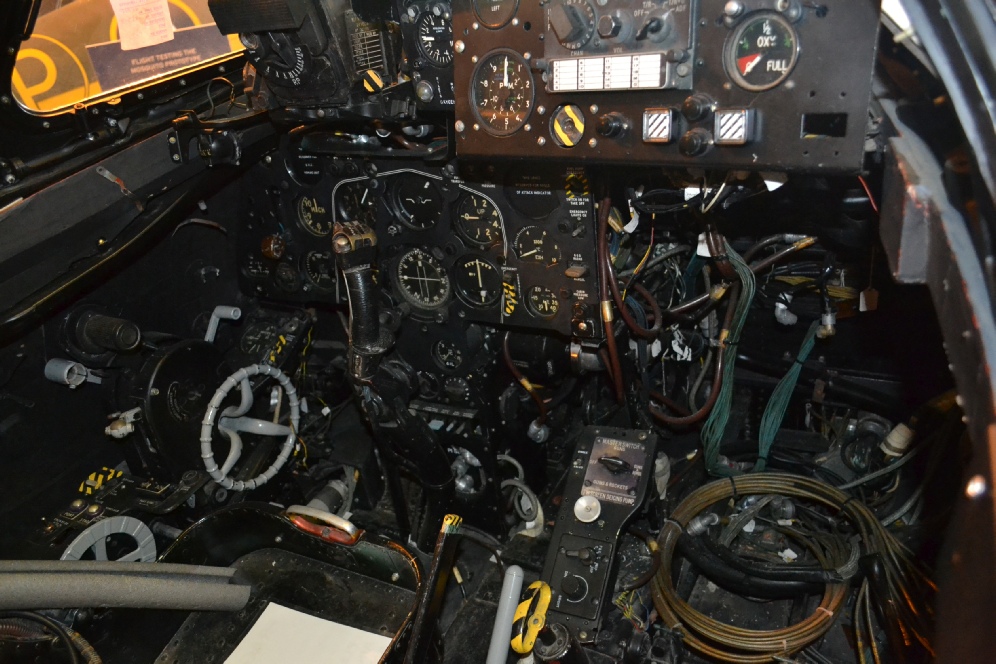
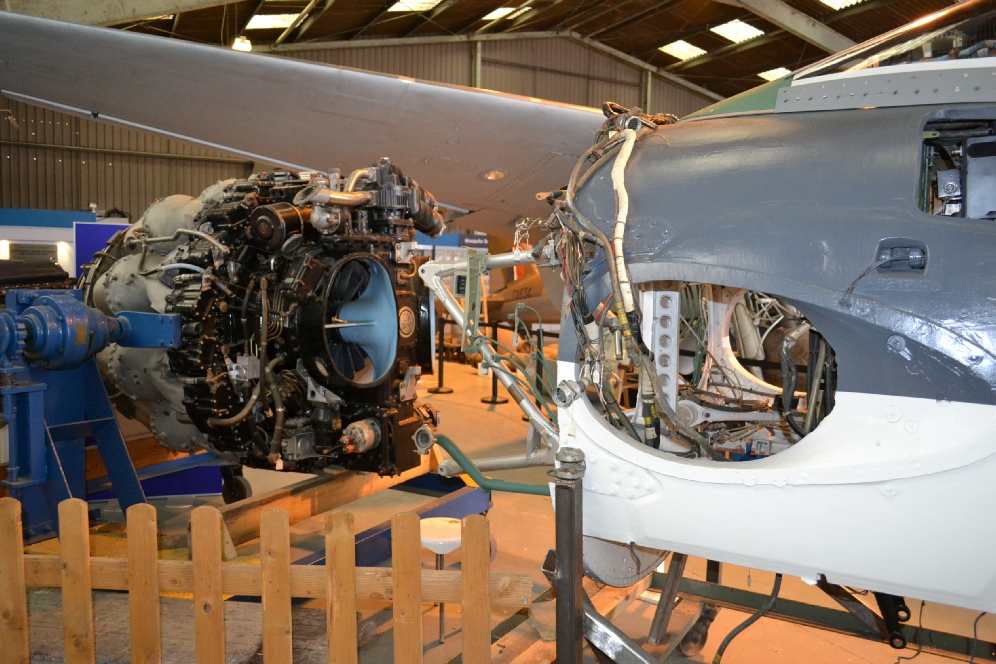
The real thing: Some detail pictures of the DeHaviland Museum’s Sea Venom, currently undergoing restoration
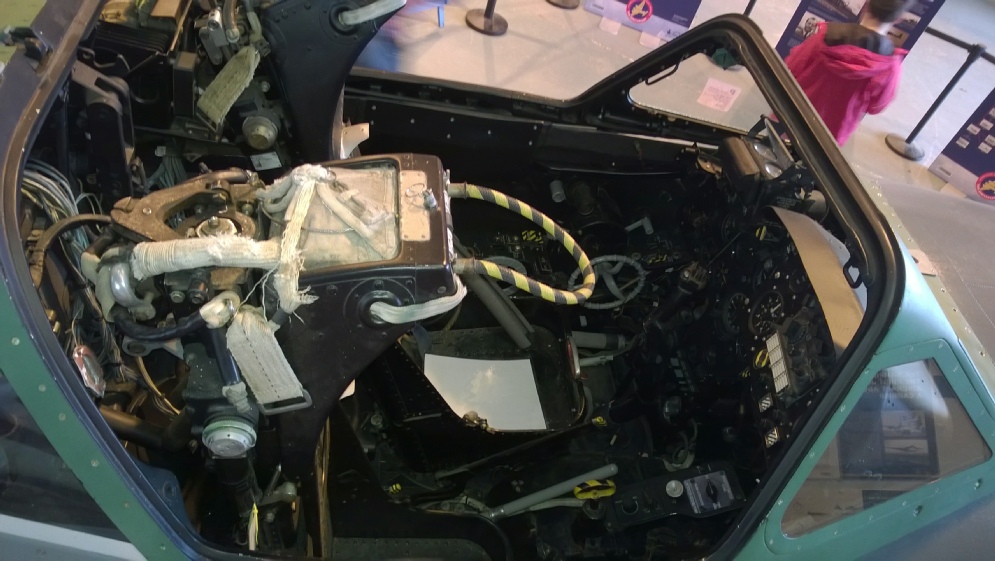
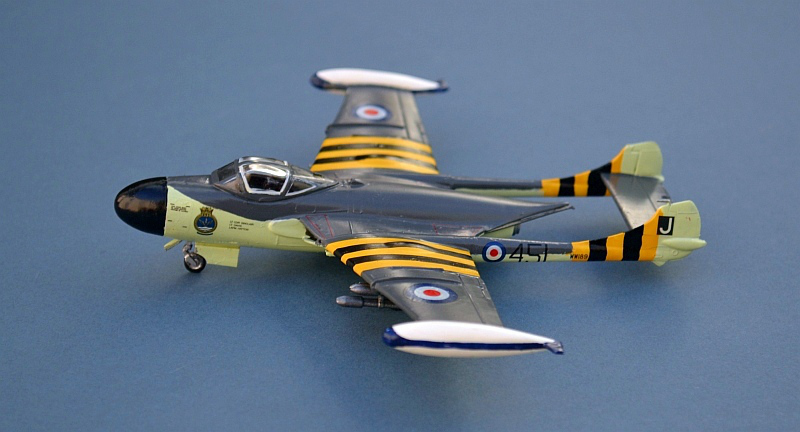
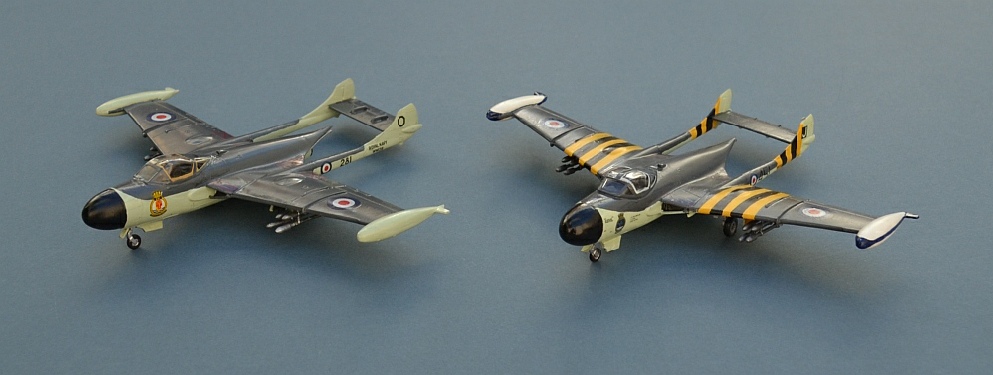
Together with my previous Sea Venom build -
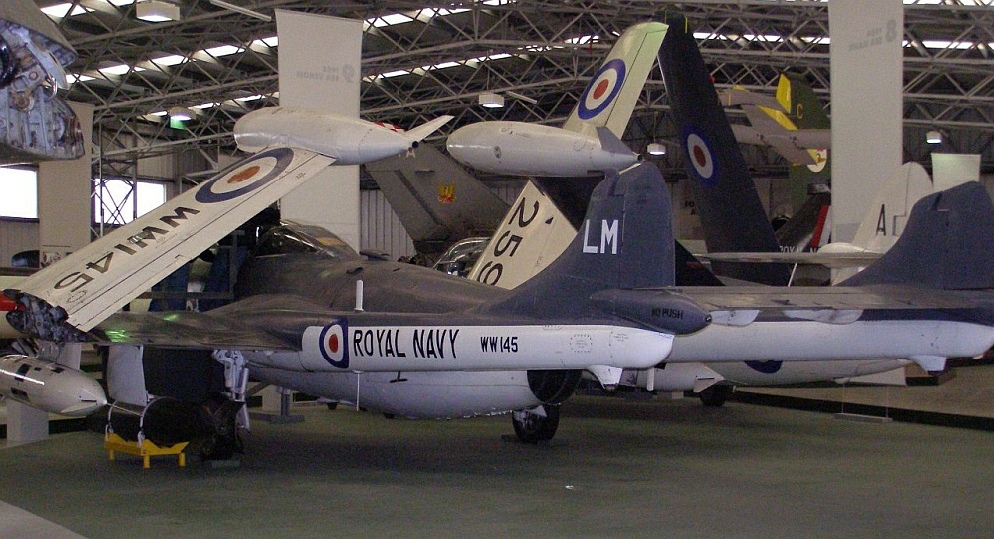
The real thing: The Royal Scottish Museum’s Sea Venom at East Fortune
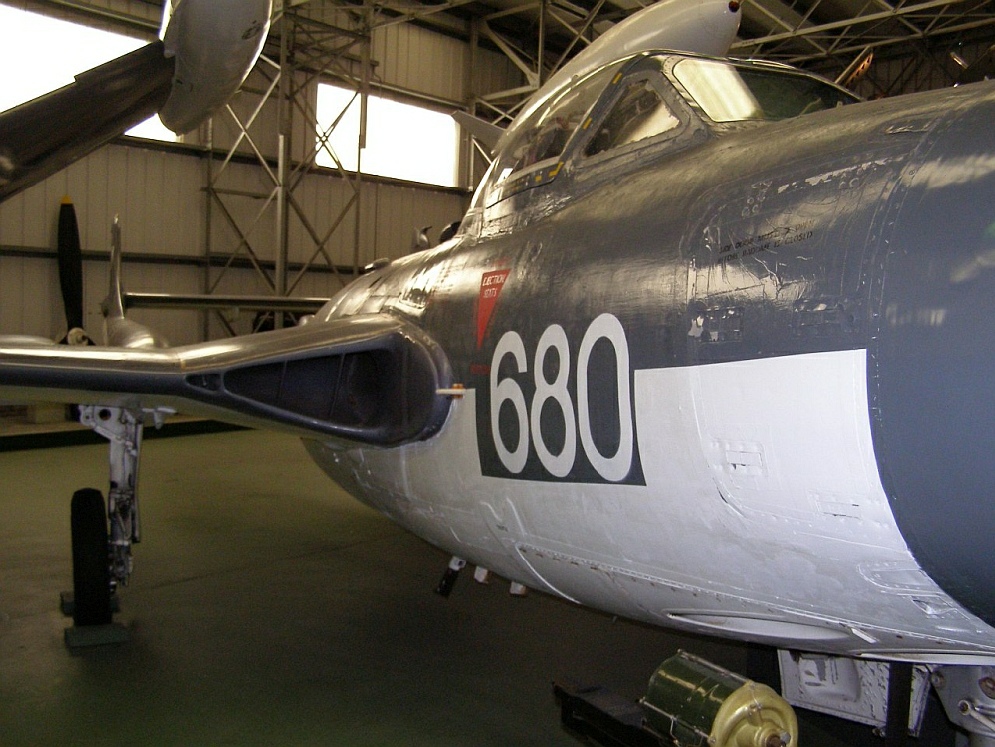
603 Sqn Royal Auxiliary Air Force, RAF Turnhouse, Scotland 1955.
Heller 1/72 with Model Decal markings.
The Vampire first flew during WW2 and was widely used by the RAFin the late 1940s and early 1950s as a ground attack aircraft alongside Meteor interceptors. Powered by the DH Goblin jet , its tail boom configuration ensured that the limited power available from this early engine could be fully used.
The FB.5 variant was fully optimised for ground attack with over 900 built for the
RAF alone. Although trainer variants remained in use well into the 1960s, after their
withdrawal from front-
Heller’s Vampire kit has also appeared in Airfix and Revell boxes. It is nicely detailed and an easy build, albeit with (IMHO) some rather plain markings for RAF and French aircraft. It has a reasonable cockpit and the canopy can be posed open if you so desire. Like all Vampire kits it is a determined tail sitter. Whilst it is possible to add weights in an attempt to balance it, I prefer to add a discreet prop under the fuselage.
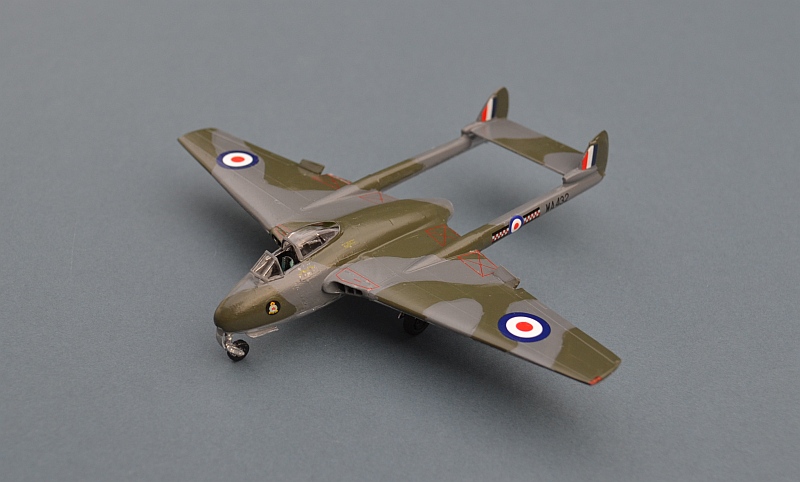
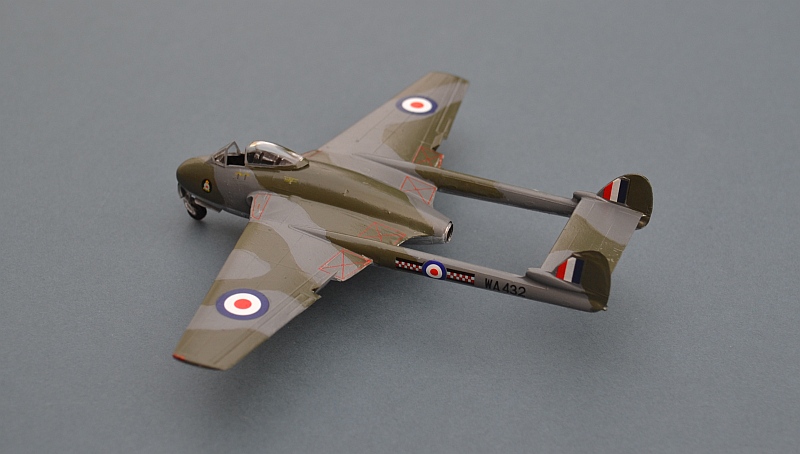
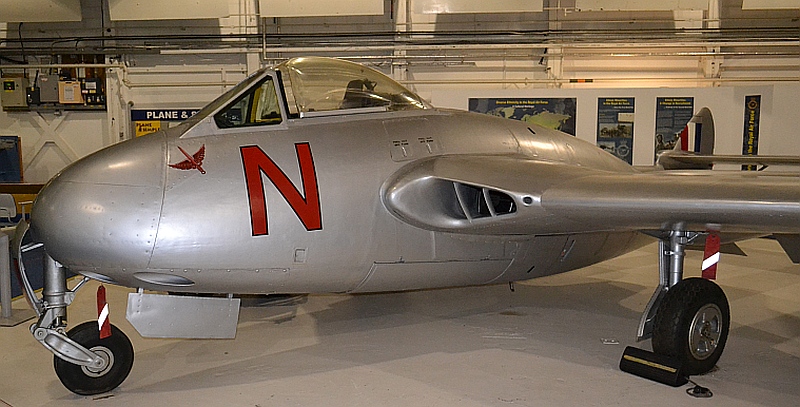
The real thing: the RAF Museum’s Vampire at Hendon
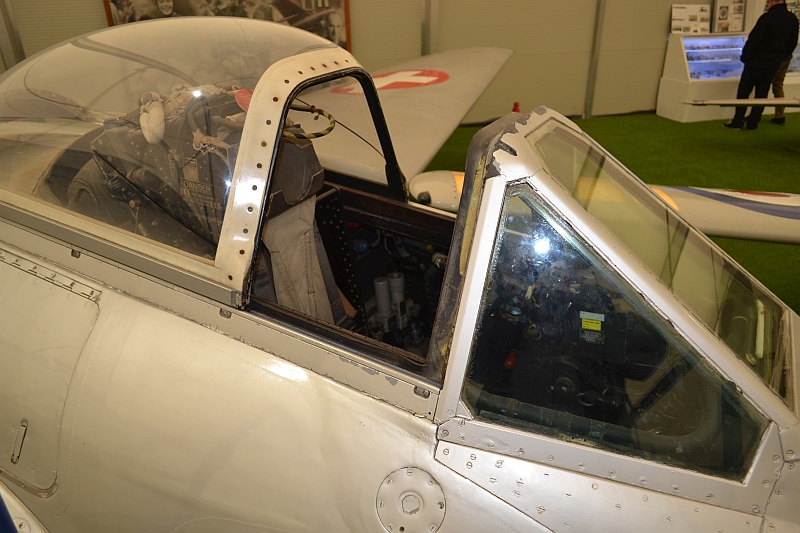
The real thing: the DeHavilland Museum’s beautiful Swiss Vampire (with ejector seat modifications)
